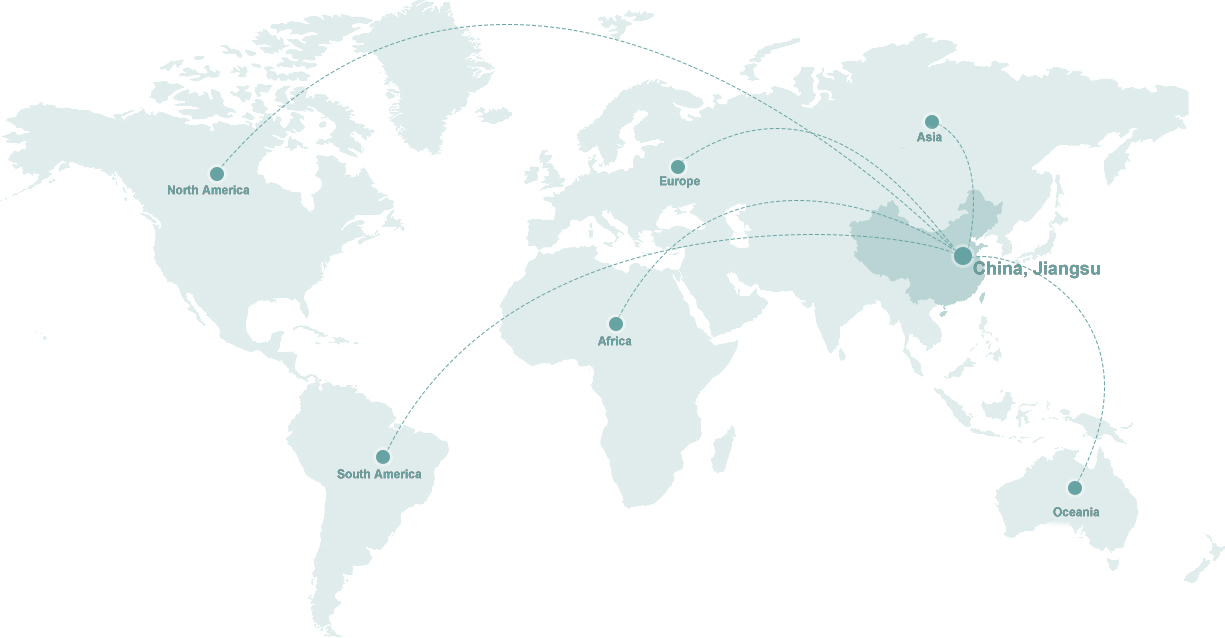- info@cychemicals.com
- +8613655695601
- Weicun Industrial Park, Chunjiang Town, Xinbei District, Changzhou City, Jiangsu Province
Location:Home > About Us > Defoamer Production Technology
Defoamer Production Technology: Advancements and Applications
Defoamers, also known as antifoaming agents, are critical components in industries such as chemicals, textiles, food processing, and wastewater treatment. Their primary purpose is to reduce or eliminate foam formation during industrial processes, ensuring smooth operations and product quality. The production of effective defoamers requires a nuanced understanding of chemistry, process technology, and application requirements. This article delves into the key aspects of defoamer production technology, including raw materials, production methods, and emerging trends.
Understanding Defoamers
Foam formation, caused by air entrapment or surfactant presence, can lead to operational inefficiencies, increased costs, and quality issues. Defoamers are formulated to disrupt the foam structure or prevent its formation entirely. They can be oil-based, silicone-based, water-based, or polymer-based, each tailored to specific applications.
Key Components of Defoamer Production
Base Formulation:
Silicone Defoamers: These contain polydimethylsiloxane (PDMS) as a key ingredient, known for its low surface tension and effectiveness across diverse conditions.
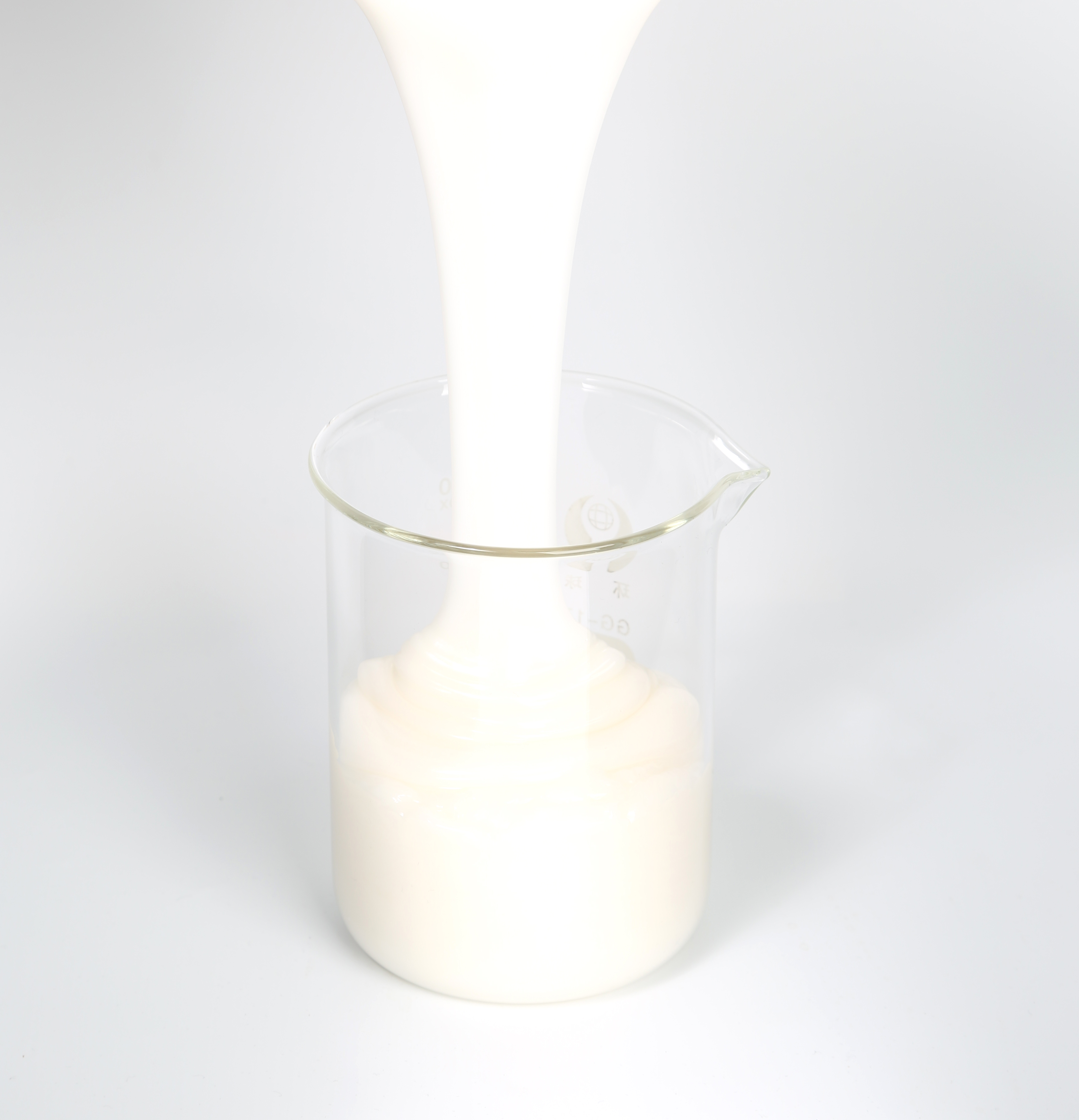
Oil-Based Defoamers: Using mineral oils or vegetable oils as carriers, these defoamers often incorporate hydrophobic particles for enhanced performance.
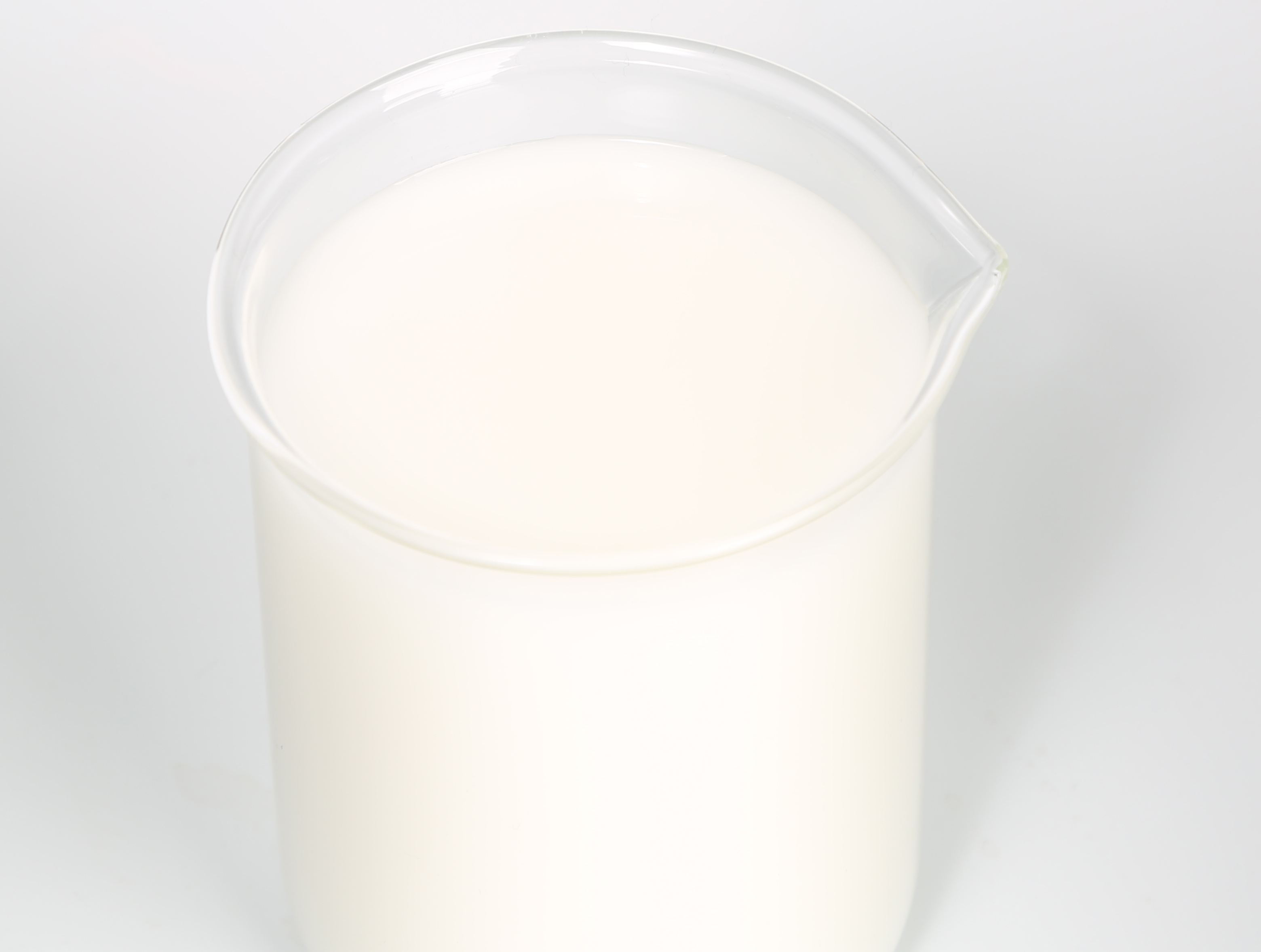
Polyether Defoamer: Polyether defoamers are the second generation of defoamers, also known as non-anionic defoamers. They mainly include linear polyethers, polyethers with alcohol or ammonia as initiators, and terminal esterified polyether derivatives. Compared with silicone defoamers, polyether defoamers have a general defoaming speed, but have a stronger ability to suppress foam and last longer. In addition, some polyether defoamers have excellent properties such as high temperature resistance and strong acid and alkali resistance, and can be used in some special industries..
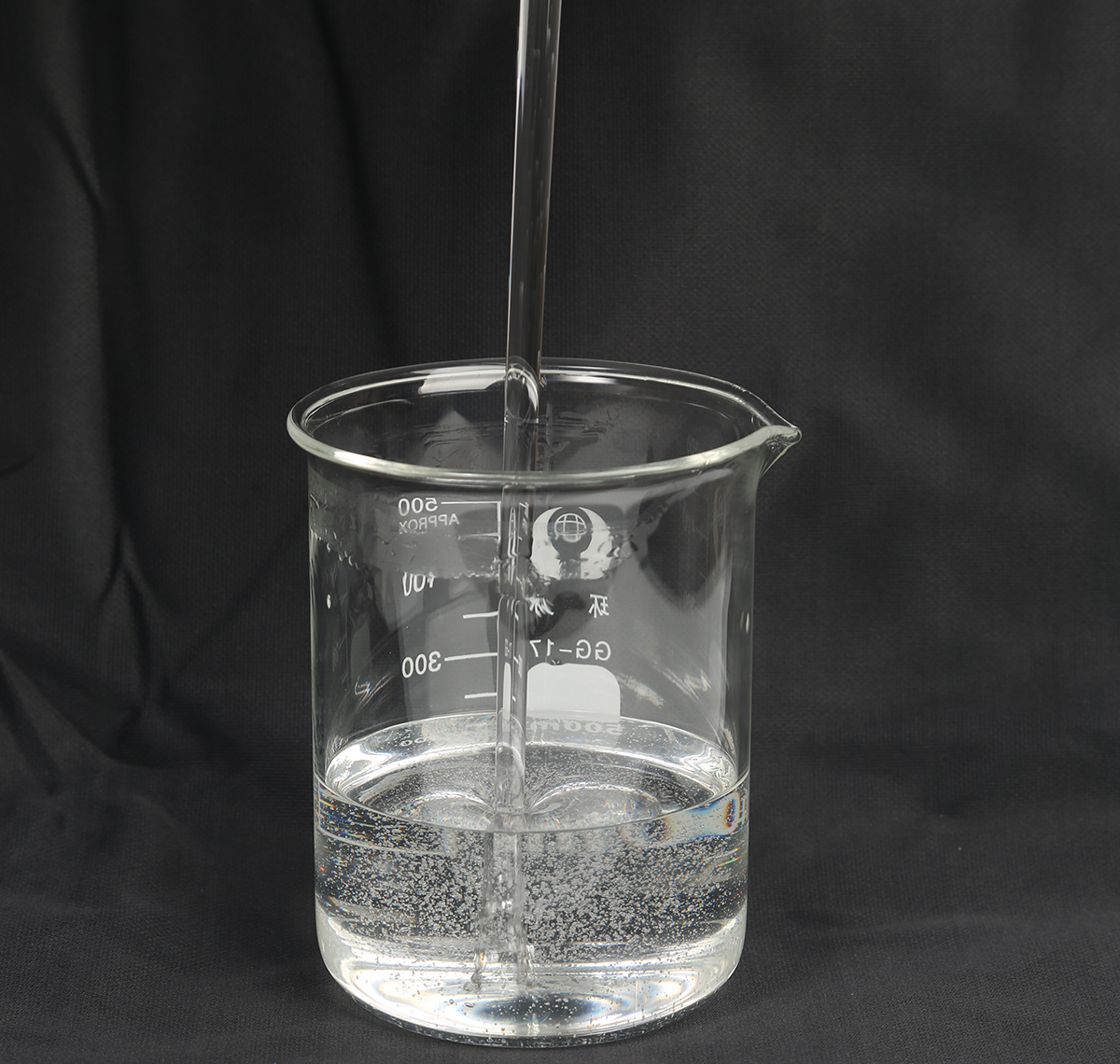
Additives:
Hydrophobic particles, such as silica or fatty acid derivatives, improve foam-breaking efficacy.
Surfactants and emulsifiers ensure stable dispersion in specific applications.
Stabilizers:
Stabilizers enhance shelf life and maintain performance under varying environmental and operational conditions.
Production Technology
The production of defoamers involves multiple sophisticated processes:
Mixing and Emulsification:
High-shear mixers and homogenizers are employed to disperse active ingredients uniformly. For water-based systems, emulsification ensures stability and prevents phase separation.
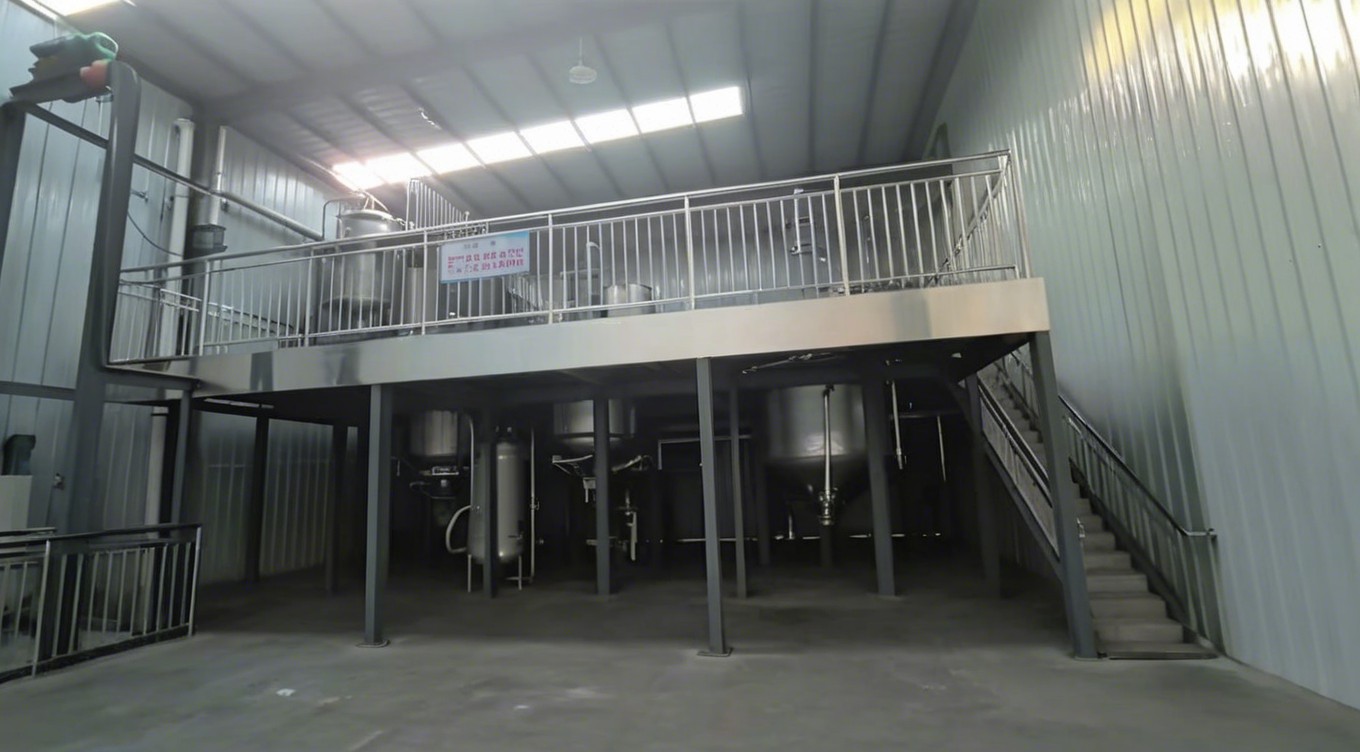
Particle Size Optimization:
Nano-defoamers, a recent innovation, utilize advanced milling and dispersion techniques to achieve particle sizes in the nanometer range. These defoamers offer superior performance, especially in high-sensitivity applications like pharmaceuticals and electronics.
Thermal and Chemical Stability Testing:
Modern production facilities conduct rigorous testing to ensure defoamers perform under extreme pH, temperature, or pressure conditions.
Environmental Compliance:
Sustainable production technologies focus on reducing VOC emissions, utilizing biodegradable materials, and minimizing the carbon footprint. Advanced green chemistry principles are integrated into the formulation and manufacturing processes.
Customization:
Most customers use defoamers in different environments and with different standards. Thanks to our more than 20 years of deep cultivation and research in the defoamer industry, we have the formulas of most defoamers, so in most cases we customize the formulas for our customers. This ensures that our defoamers are used with maximum efficiency and at the lowest production costs.
